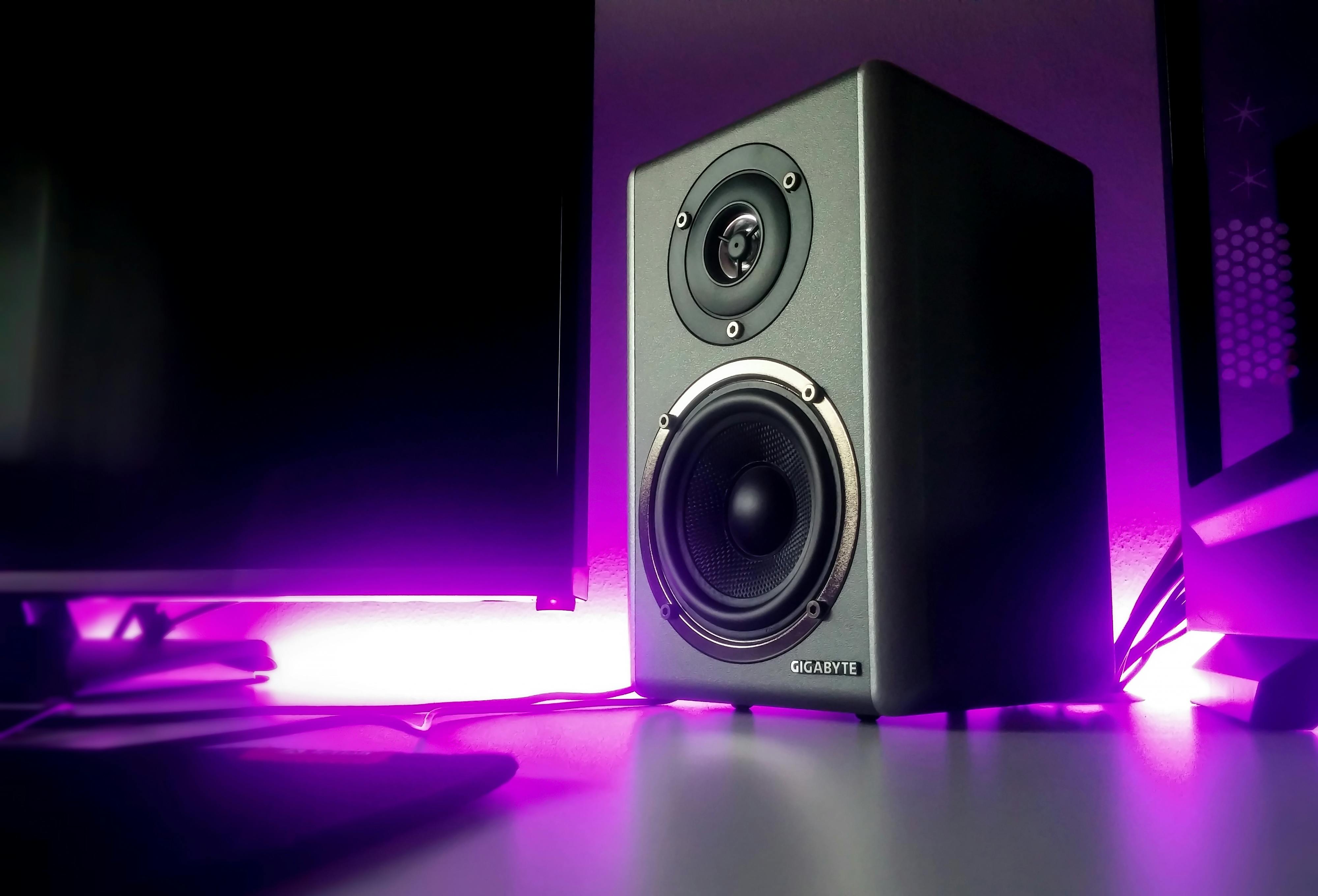Sony PlayStation 4 (PS4) Technical Details – Part One
Sony PlayStation 4 and Microsoft Xbox One are the main contenders in the next-gen gaming console battle. With both machines launching in late 2013, Sony has now unveiled the full tech specs for its latest console. In this first of a two-part series, we take a comprehensive look at the technical details of the PS4.
Processor (main and graphics)
At the heart of any console is the processor. The PS4 will use an AMD-manufactured drive that is based on a yet-to-be-released PC product, codenamed Jaguar. The CPU (short for central processing unit) will feature eight energy-efficient cores and will work alongside the Radeon-based graphics processing unit, or GPU. The GPU features 18 computing units, each running at 800 MHz, which, combined with the CPU, gives the PS4 1.84 TFLOPS of computing power.
RAM (random access memory)
One of the most prominent numbers on the PlayStation 4 spec sheet is its 8GB of GDDR5 RAM. This high-end memory is expensive and is rarely used in this quantity, even in high-end PC graphics cards which alone can cost as much as the PS4 is likely to cost. This makes it even more impressive that it’s included on the PS4. The inclusion of this level of RAM as standard is likely to future-proof the console to some degree.
It remains to be seen how much RAM the PS4 operating system requires. Based on experience from current-gen consoles and high-end gaming PCs, we’d expect a maximum of 1GB to be required for this purpose, leaving a substantial amount free for PS4 gaming tasks.
Internal storage
Internal storage comes in the form of a conventional 500GB 2.5-inch SATA mechanical hard drive, a huge increase over the PlayStation 3, which only had a 20GB hard drive at launch. However, it must be said that the PS3 has gone through several iterations since it was first introduced in 2006 and the latest super-slim models come with hard drives ranging from 250GB to 500GB.
One point in favor of the PS4 is that the hard drive is removable and user-upgradable, allowing larger capacity mechanical hard drives to be installed. The largest 2.5″ hard drive currently available is 2TB or 2000GB (four times the size of the standard drive), so assuming the console’s operating system supports it, the system’s storage capacity it can be expanded considerably.There is also the possibility of installing an SSD or a solid state drive in the PS4While the capacities are lower than those of standard hard drives, the access and data transfer speeds are much faster.
Optical unit
Sony’s PS4 will use an integrated 6x CAV Blu-ray drive with a maximum read speed of 27MB/s. This compares favorably to the PS3’s 2x speed Blu-ray drive which was capped at just 9MB/s. Free from the performance restrictions of the PS3, the PS4 will be noticeably faster at transferring data from disk to hard disk and will make initial game setup much quicker, even accounting for the larger expected file sizes. of new generation games.
The drive will read and play Blu-ray, DVD, and CD discs, though it’s unlikely to be able to read the new 100GB capacity quad-layer Blu-ray discs that are designed to support 4k resolutions. This is unlikely to be an issue as it’s doubtful the PS4 will support 4k output.
This concludes the first part of our analysis of the technical specifications of the PS4. In part two we cover video and sound output, connectivity, the new DualShock 4 controller, and accessories available for the next-gen console.


